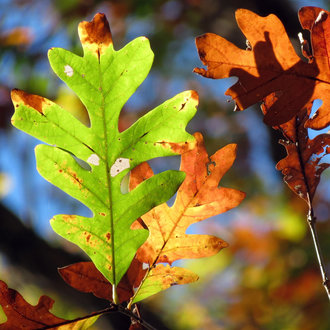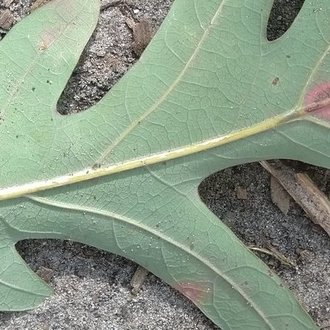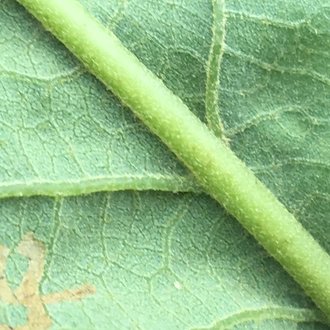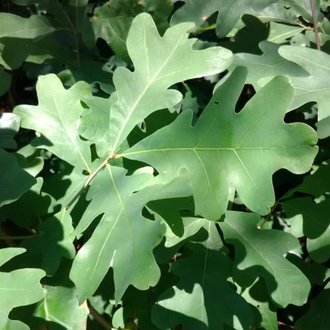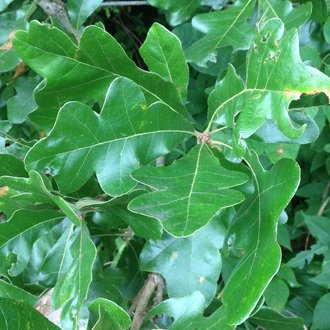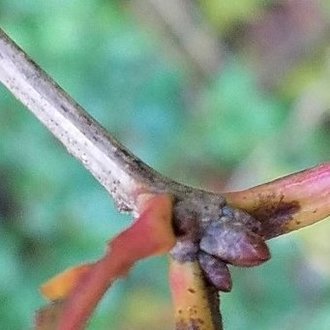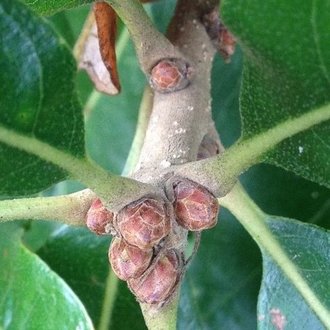White Oak vs Post Oak
This guide is under construction and has not been published yet. It may have errors. When in doubt, double-check other sources for definitive ID.These two white oaks are easily confused when found growing together in dry habitats, as white oak often exhibits a similar growth habit to post oak under these conditions. Most trees can be distinguished at any time of year by differences in leaf shape, texture, and presence or absence of pubescence on twigs and buds. White oak has a broader range of habitat preferences, whereas post oak is restricted to dry habitats with poor soil, and can tolerate even harsher sites. The two species can and do hybridize, so it may not be possible to identify all individuals.
White Oak (Quercus alba) | Post Oak (Quercus stellata) |
A widespread oak that is a key component of forests across eastern North America, often found in slightly dry conditions. | A resilient, slow-growing oak usually found on drier sites with poor soil. |
Leaves usually have 7-9 lobes. Photo © Katja Schulz, CC BY 4.0. | Leaves usually have 5-7 lobes. Leaf often distinctly cross-shaped, with blocky, almost-rectangular side-lobes. Photo © Michael Ellis, CC BY 4.0. |
Leaves are not pubescent underneath. Color of leaf undersides averages paler and more bluish. Photo © Marilynn Miller, CC BY 4.0. | Leaves finely pubescent underneath; magnification may be necessary to view hairs. Color of leaf undersides averages more yellowish. Photo © Daniel Atha, Public Domain. |
Leaves are slightly thinner and more delicate. Top surface of leaf is a pale gray-green, averaging dull in appearance and more bluish in hue. Photo © Claire Secrist, Public Domain. | Leaves are tougher and more leathery in texture. Top surfaces of leaf are darker green, and sometimes more yellowish. They may be dull, but average shinier. Photo © botany08, CC BY 4.0. |
Mature twigs are glabrous (lacking hairs), and mature buds are mostly glabrous. Photo © Leila Dasher, CC BY 4.0. | Mature twigs and buds are both pubescent. Photo © botany08, CC BY 4.0. |
References & External Resources
These short lists show only links helpful for ID. For a complete list of references and resources also covering other aspects of ecology, visit the links section of the full article on each plant, which is the first entry here.



